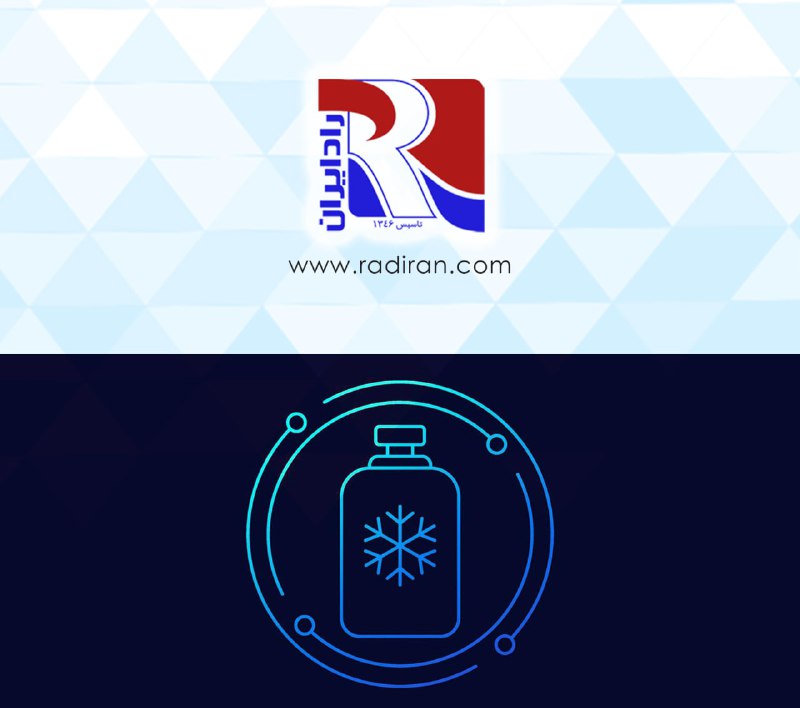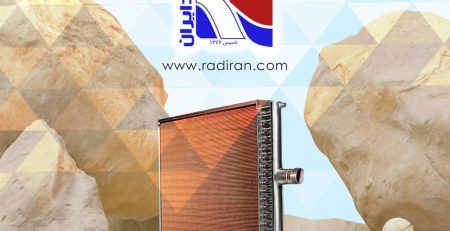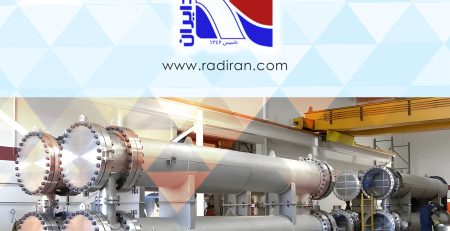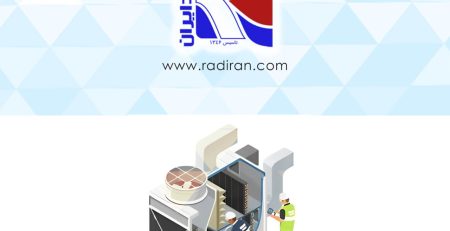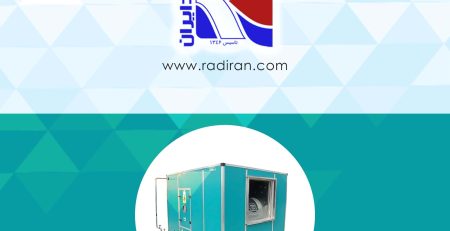Refrigerant Replacement Table
<p>
The refrigerant replacement table is a key tool for professionals in the HVAC and refrigeration industry. This table helps experts identify old refrigerants and select more environmentally friendly alternatives. Typically, these tables provide important information, including the type of old refrigerant, the replacement refrigerant, and key characteristics pertaining to both.
Reasons for Using the Refrigerant Replacement Table
- Environmental Issues
- Many old refrigerants, such as CFCs and HCFCs, are gradually being phased out due to their harmful effects on the ozone layer and their negative impact on climate change. This table helps identify newer, environmentally friendly options.
- Regulations and Legislation
- Many countries have enacted strict regulations regarding the use of refrigerants with high Global Warming Potential (GWP). Professionals need to identify and select permissible new refrigerants.
- Efficiency and Compatibility
- Some new refrigerants may offer higher efficiency and may only require minor changes to existing equipment. The replacement table aids in analyzing and selecting the best options.
Items Included in the Refrigerant Replacement Table
- Old Refrigerants
- For example, R-22 and R-12, which typically need replacement.
- Replacement Refrigerants
- Options such as R-410A, R-134a, and R-32, which are recommended for newer systems.
- Global Warming Potential (GWP)
- This metric indicates how much each gas contributes to global warming. Refrigerants with lower GWP are preferred.
- Operating Pressure
- Information related to whether changes in the system are necessary for operation with the new refrigerant is important.
- Compatibility with Compressor Oils
- Some new refrigerants may require specific oils for the refrigeration system.
Examples of Refrigerant Replacements
- R-22: Due to its ozone-depleting effects, alternatives such as R-410A and R-407C have been introduced, both of which are chlorine-free and have lower environmental impacts.
- R-12: An alternative like R-134a is used, which contributes less to global warming.
Conclusion
The refrigerant replacement table is an important tool to assist professionals in selecting more environmentally friendly refrigerants that comply with regulations. With precise and comprehensive information, these tables facilitate decision-making and help prevent environmental harm.
<p>

